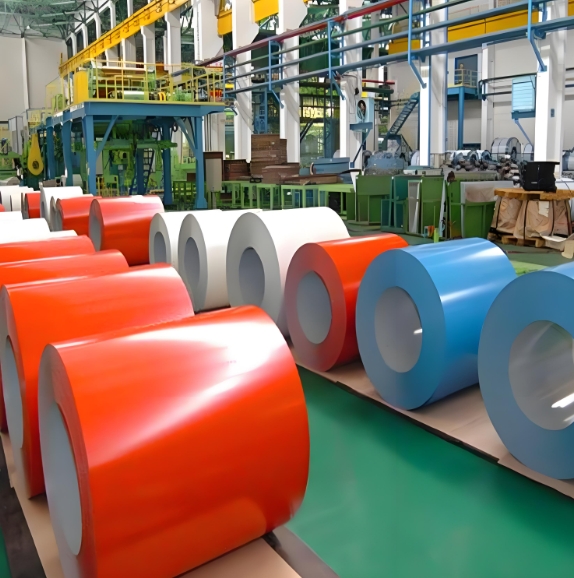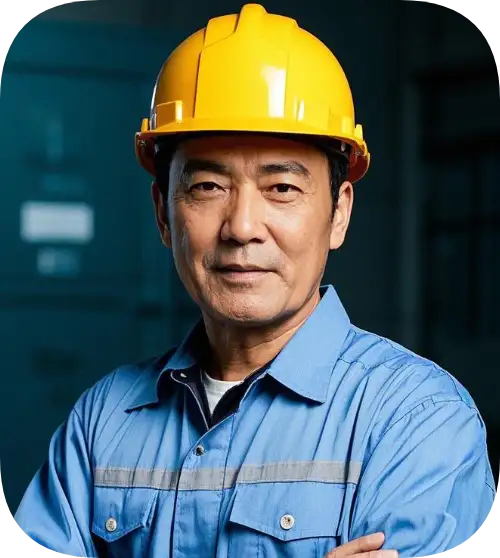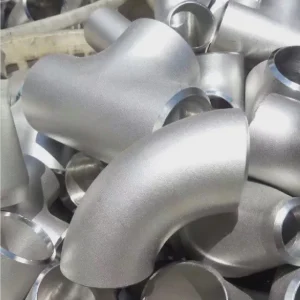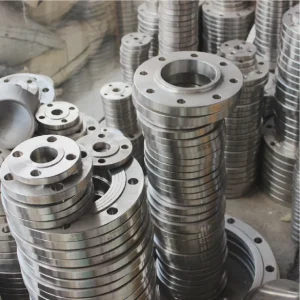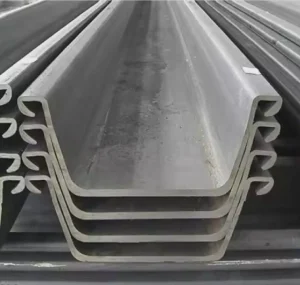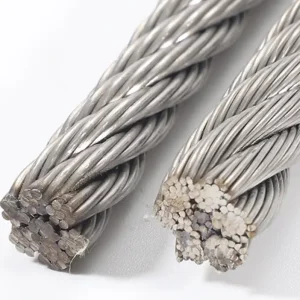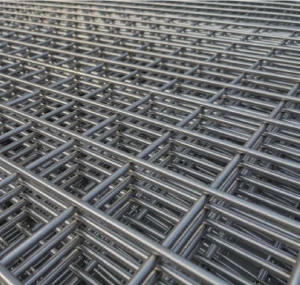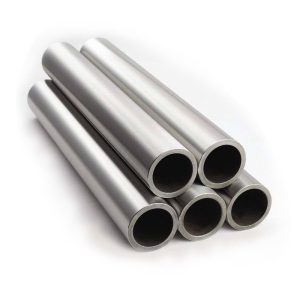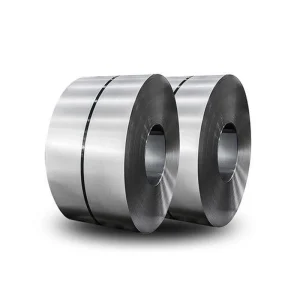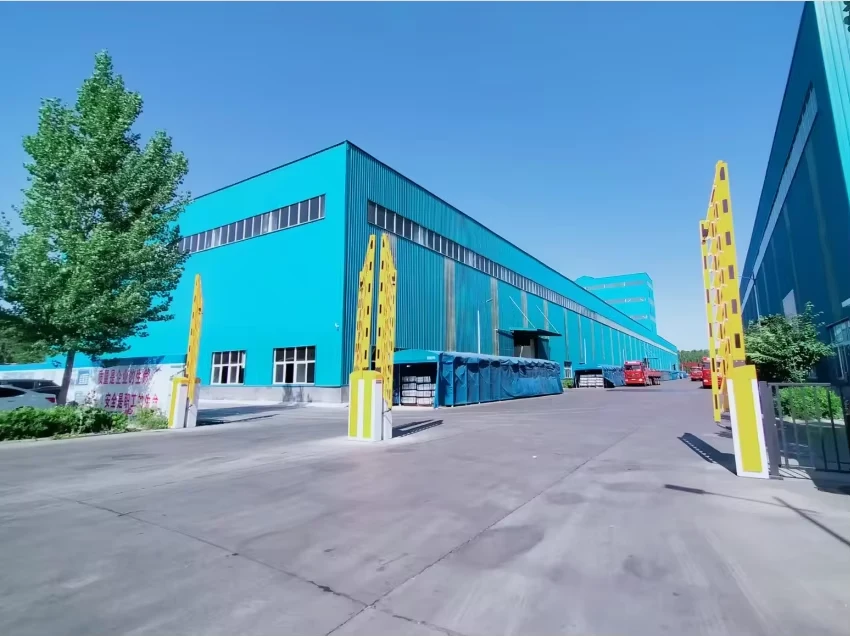Why Is PPGI Steel Coil a Popular Choice for Construction?
PPGI steel coil—pre-painted galvanized iron—is revolutionizing modern construction, from warehouse roofs to high-rise facades. But why are architects ditching traditional materials for this colorful, coated metal? Let’s explore its corrosion resistance, cost perks, and installation hacks, backed by real-world data and a few "I learned this the hard way" moments.
H2: The Hidden Cost of Traditional Roofing Materials
Problem: Bare galvanized steel roofs corrode in 7–10 years in industrial zones, costing $12,000+ per 1,000 sq. ft. replacement (National Association of Corrosion Engineers, 2023).
Solution: PPGI steel coil combines a zinc-coated base with baked-on paint layers (polyester, PVDF) to last 25–30 years.
Case: A Dubai logistics park slashed maintenance costs by 40% after switching to PVDF-coated PPGI.
⚠ Warning: Avoid coils with paint thickness below 20µm—UV fading occurs 50% faster.
H2: PPGI vs. Galvalume Steel Coil: Which Wins?
| Factor | PPGI Steel Coil (Project A) | Galvalume Steel Coil (Project B) |
|---|---|---|
| Corrosion Protection | 5-layer coating (Zn + primer + paint) | 55% Al-Zn alloy coating |
| Color Retention | 15+ years (PVDF) | 8–10 years |
| Cost per Ton (2024) | 1,500–1,500–1,800 | 1,200–1,200–1,400 |
| Heat Reflectivity | 85% (cool roof certified) | 75% |
| Recyclability | 98% (steel core) | 100% |
H2: 3 Key Reasons Builders Love PPGI Steel Coil
H3: 1. Weather Resistance That Actually Works
PPGI’s paint layers block acid rain (pH 3.5+), salt spray, and UV rays. I once saw uncoated steel gutters dissolve in 3 years near a chemical plant—PPGI survived a decade.
H3: 2. Customization Without Compromise
Choose from 500+ RAL colors, woodgrain textures, or anti-graffiti finishes.
H3: 3. Speed Equals Savings
Prefabricated PPGI panels cut installation time by 60% vs. concrete tiles.
H2: 5-Step Guide to Installing PPGI Steel Coil Roofing
- Substrate Prep: Remove oil/debris with alkaline cleaners—skip this, and paint adhesion drops 30%.
- Cutting: Use laser or nibblers; shears cause edge corrosion.
- Fastening: EPDM-washered screws every 12–18 inches prevent leaks.
- Sealing: Apply silicone sealant on overlaps—butyl tape fails below -10°C.
- Inspection: Check for “fish scaling” (poor paint adhesion) with a cross-hatch tester.
⚠ Warning: Never install PPGI panels tighter than 0.3mm gaps—thermal expansion buckles them.
H2: 3 Deadly Mistakes in PPGI Projects
- Ignoring Coating Compatibility: Polyester-coated PPGI blistered on a Texas factory roof due to 90°C exhaust heat (needed PVDF).
- Wrong Substrate Thickness: 0.4mm PPGI sagged under snow loads—use 0.6mm+ for snowy regions.
- Cheaping Out on Pretreatment: A Mumbai warehouse’s PPGI roof rusted in 2 years due to skipped chromate passivation.
H2: The Future of PPGI in Green Construction
By 2028, 40% of PPGI steel coil will integrate solar-reflective “cool coatings” to cut urban heat islands (International Zinc Association, 2023). Photovoltaic-integrated PPGI panels are also in testing.
H2: Buyer’s Checklist for PPGI Steel Coil
✅ Confirm coating type (PVDF, polyester, silicone polyester)
✅ Verify paint thickness (≥20µm via Elcometer)
✅ Check substrate G90 (Z275) or higher galvanization
✅ Test color consistency (ΔE ≤1.5 with spectrophotometer)
✅ Review compliance (ASTM A755, EN 10169)


